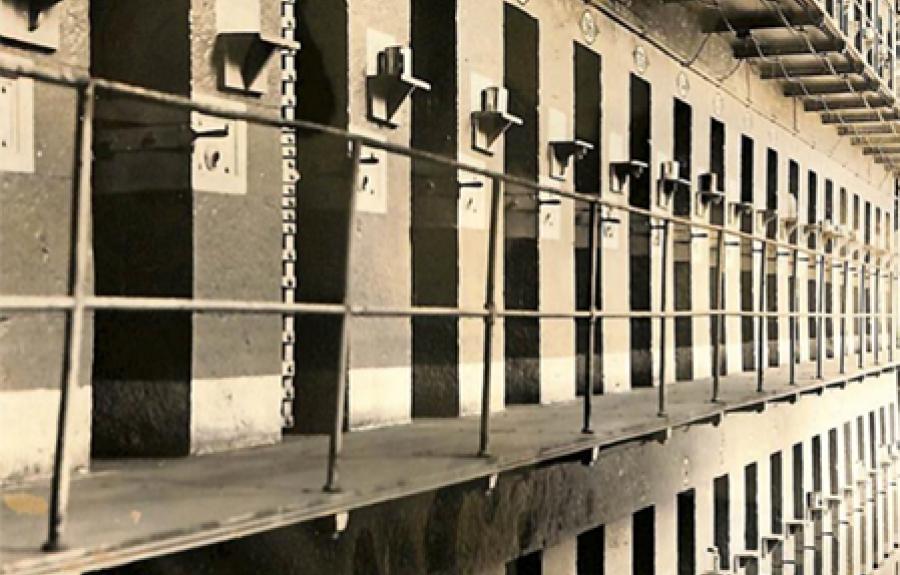What makes a prison? This project invites us to rethink the most controlled state institution by focusing on its concrete, tangible, and material ramifications, and by exploring all the raw elements conditional and foundational to the material existence of the prison's full power: the terracotta, the steel, the brownstone, the wood, the brick, the tin, the concrete, the glass, and water systems. How have these materials been assembled by the state, and experienced – sometimes contested and dismantled – by the prisoners? To what extent does this material and human essence become altered over time? And how are they then repaired, and with what are they supplemented or replaced? Rethinking the brute prison materiality, this project focuses on the oldest functional prison in the United States, the Auburn Prison built in 1816 on a Cayuga Iroquois Village in upstate New York, known as Auburn Correctional Facility since 1970, which continues to operate as a maximum-security facility today. Gathering archival materials such as official statements and newspaper reports, as well as testimonial accounts from Auburn prisoners, this project deciphers the materiality of this peculiar built environment. The reader is embarked on an unromanticized phenomenological journey – one akin to the life trajectory of a not-entirely imaginary, composite prisoner at Auburn: crossing past the prison wall, living in solitude in the prison cell, working in the workshops, desiring to escape, dying on the electric chair, and disappearing into oblivion in the nearby prison cemetery. Ultimately, we will see how the materiality of the prison is intimately entwined with the procedures involved in its developing stages and makings: that is, creation, repair, replacement, demolition, and erasure.
Collaborators:
Shirley Le Penne, Government

